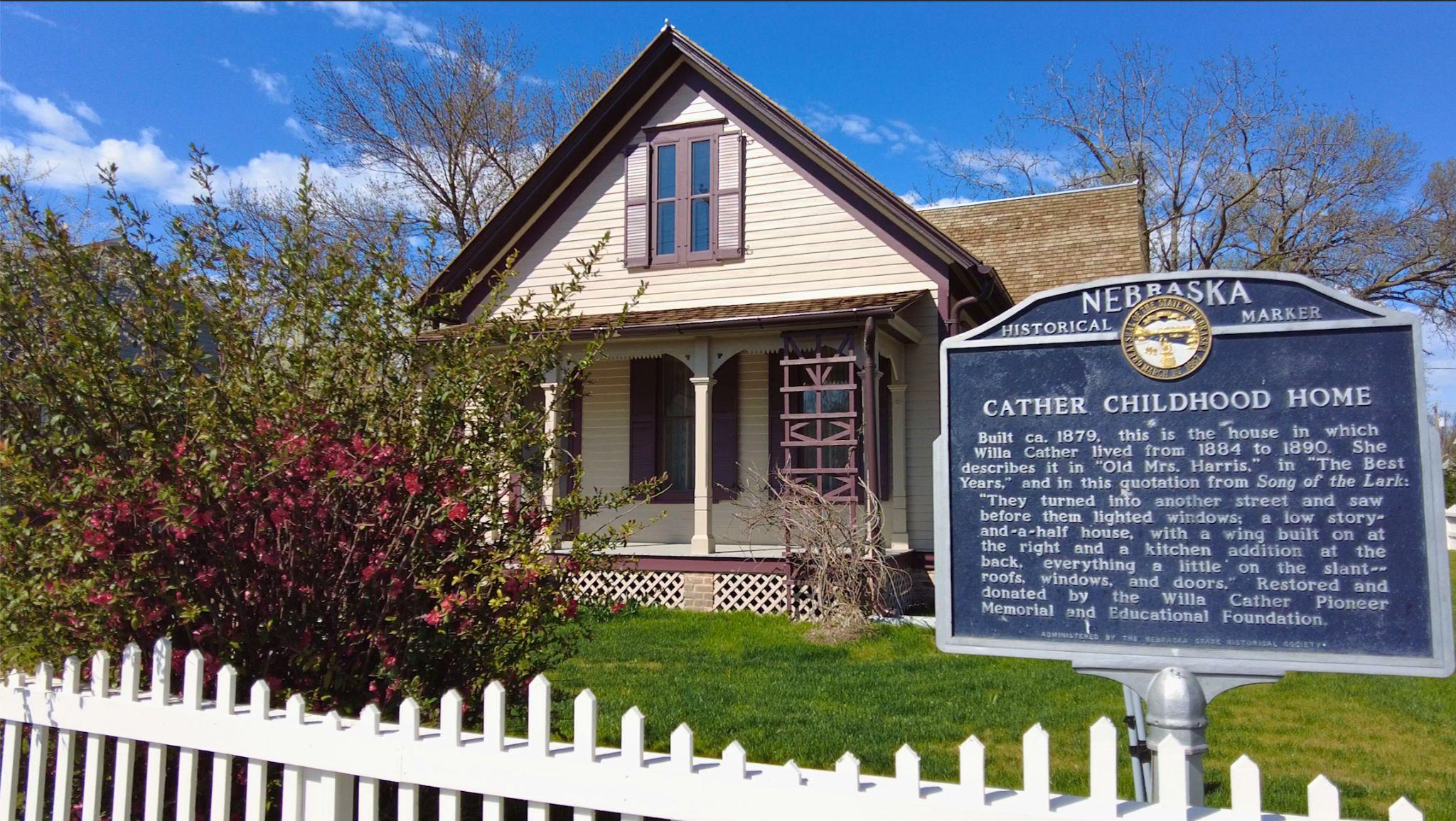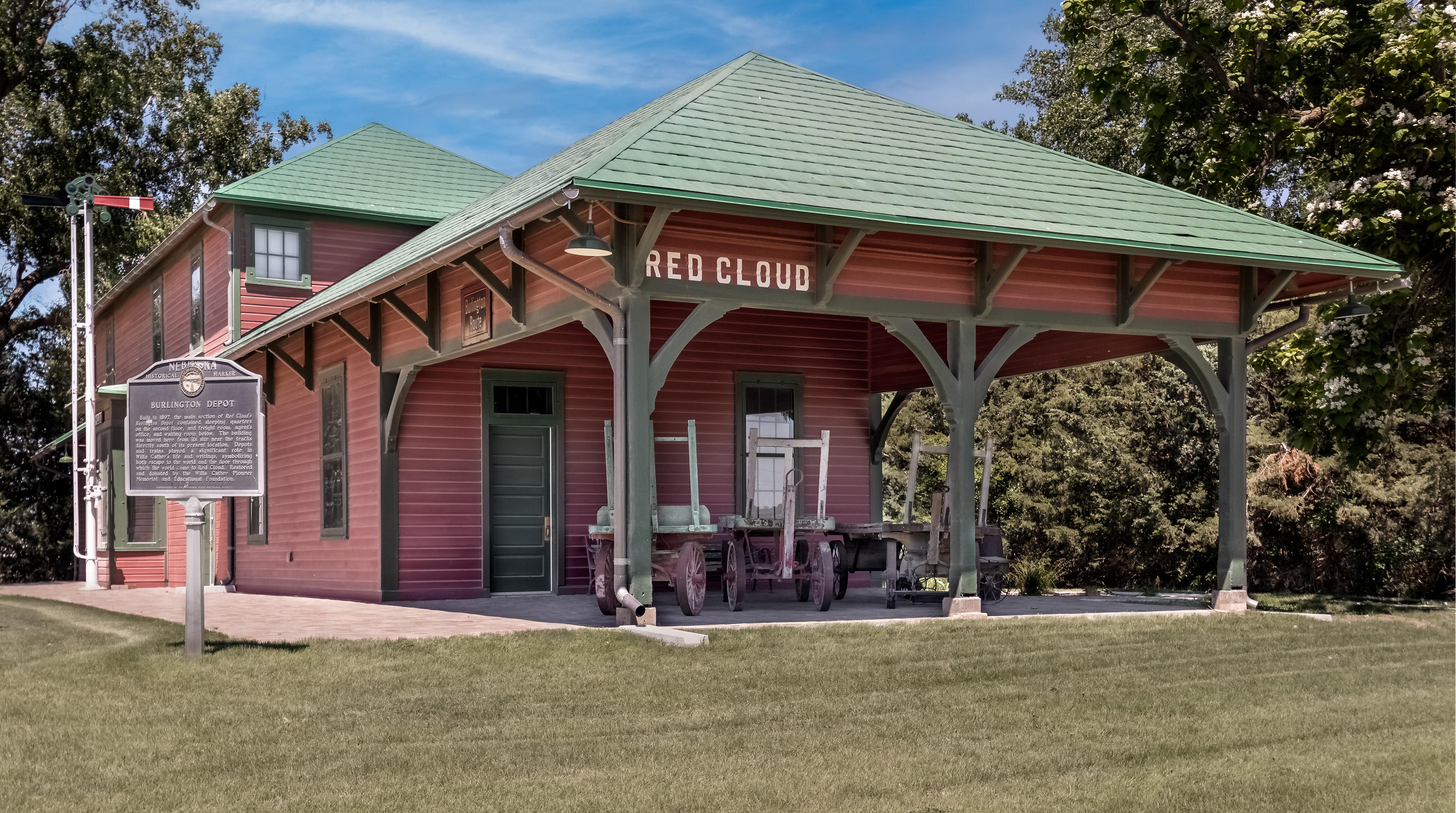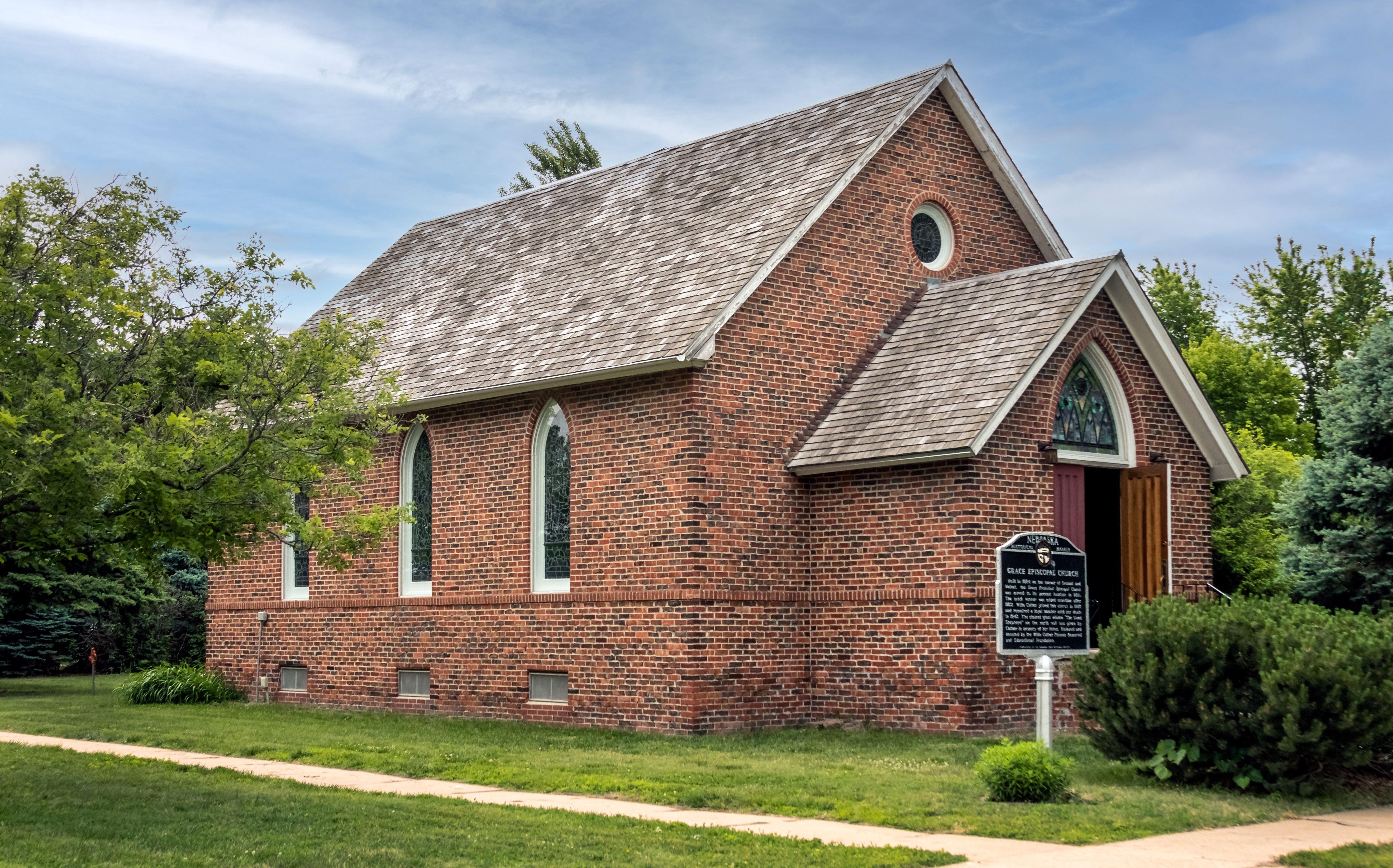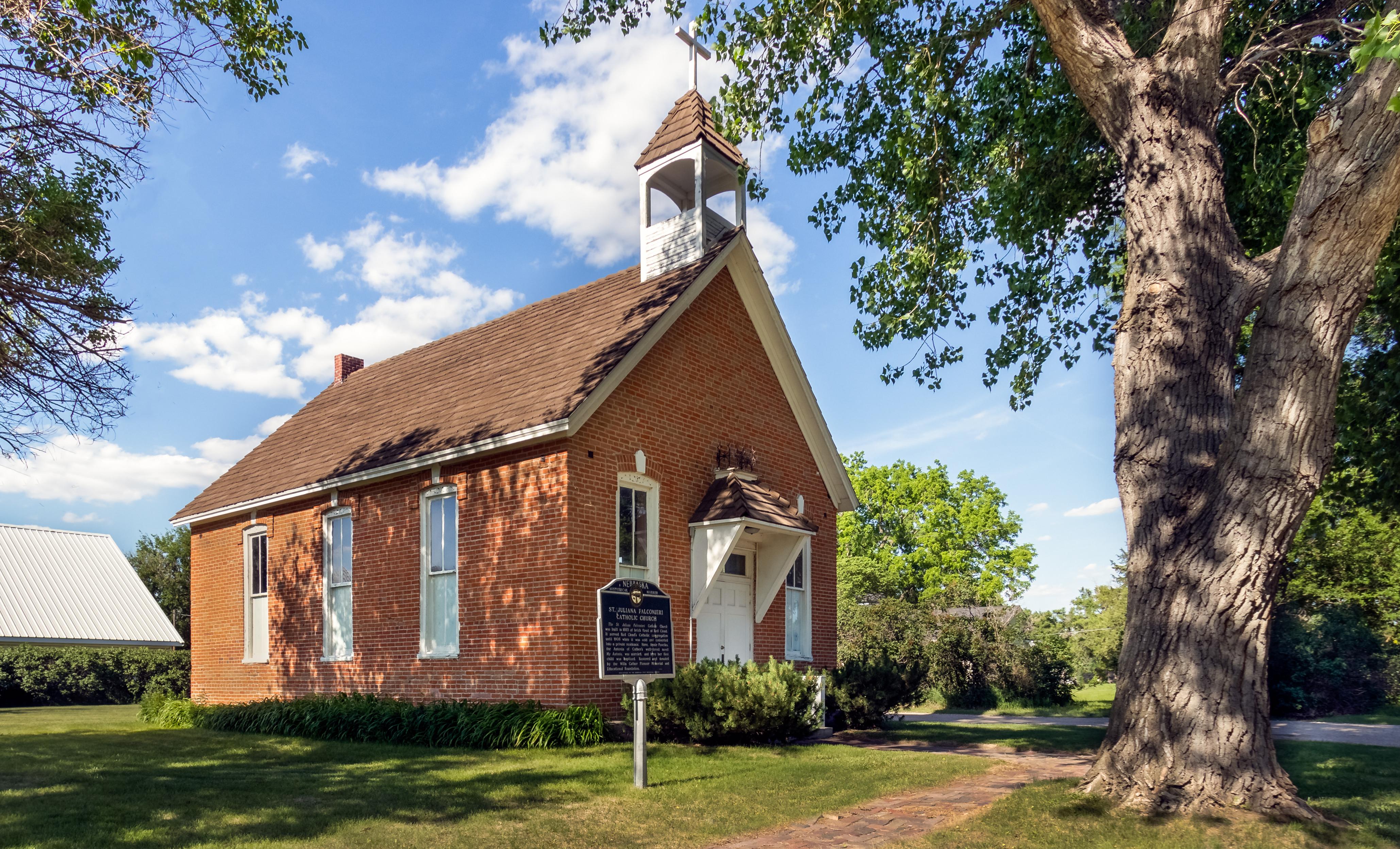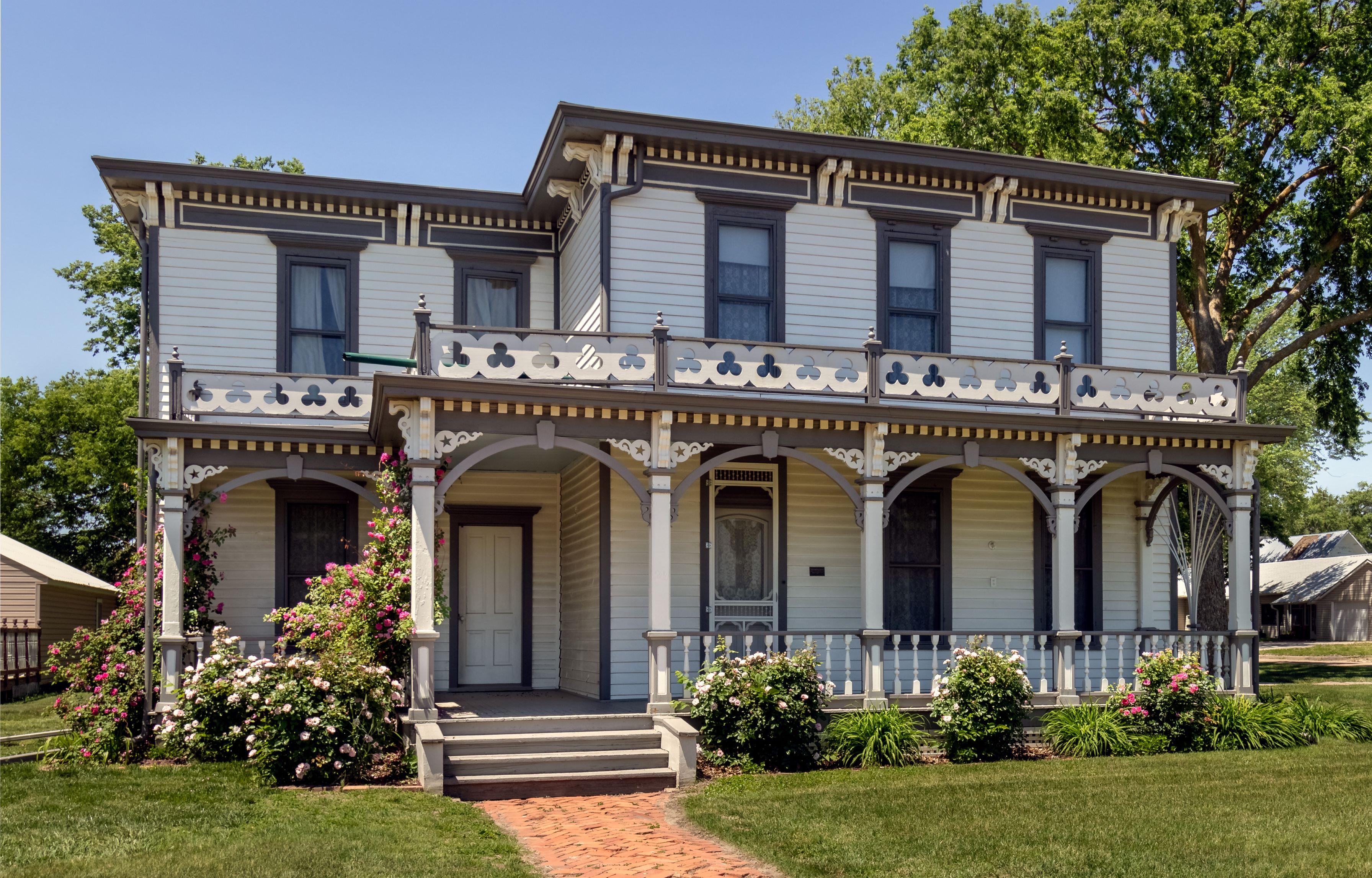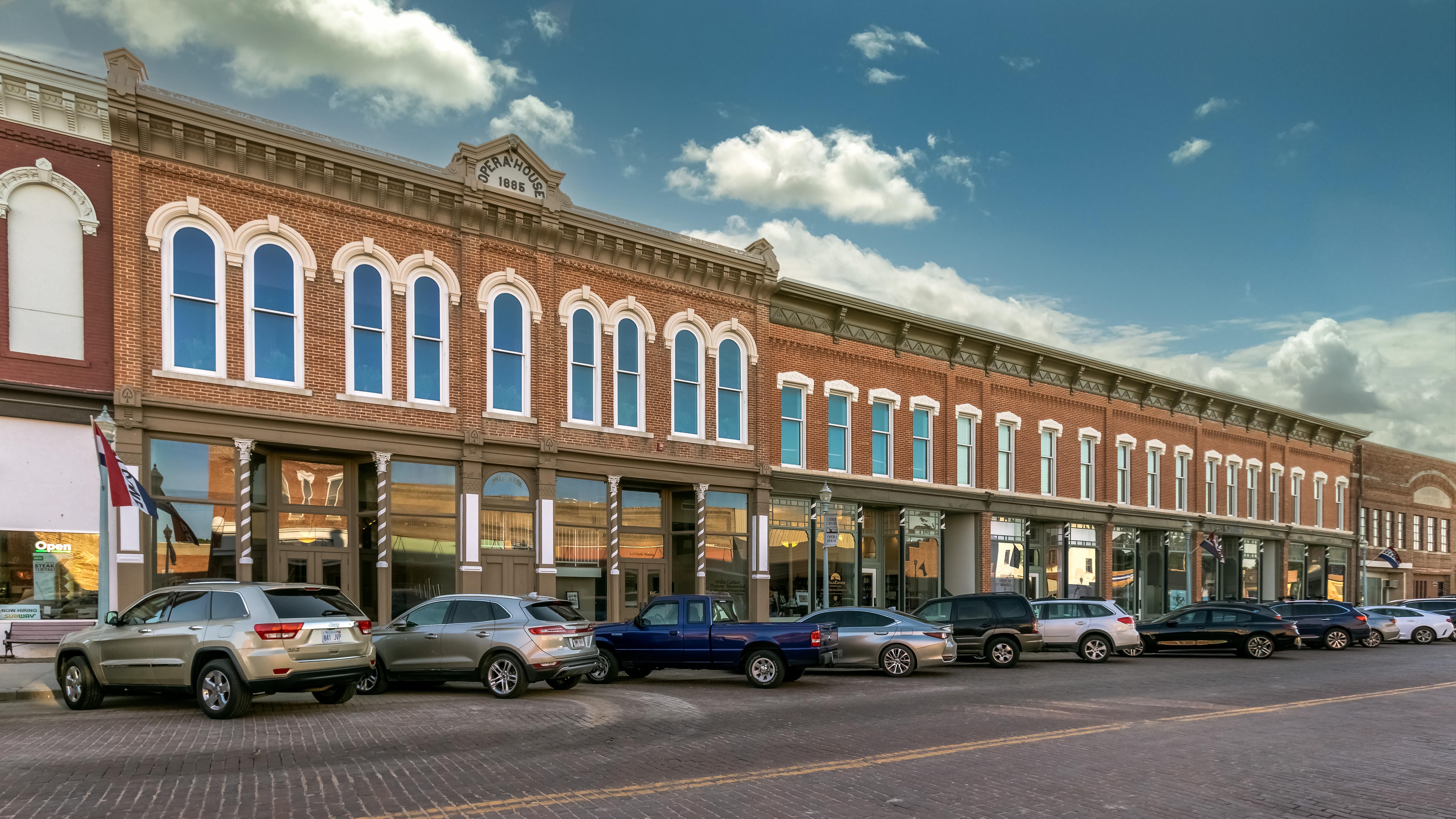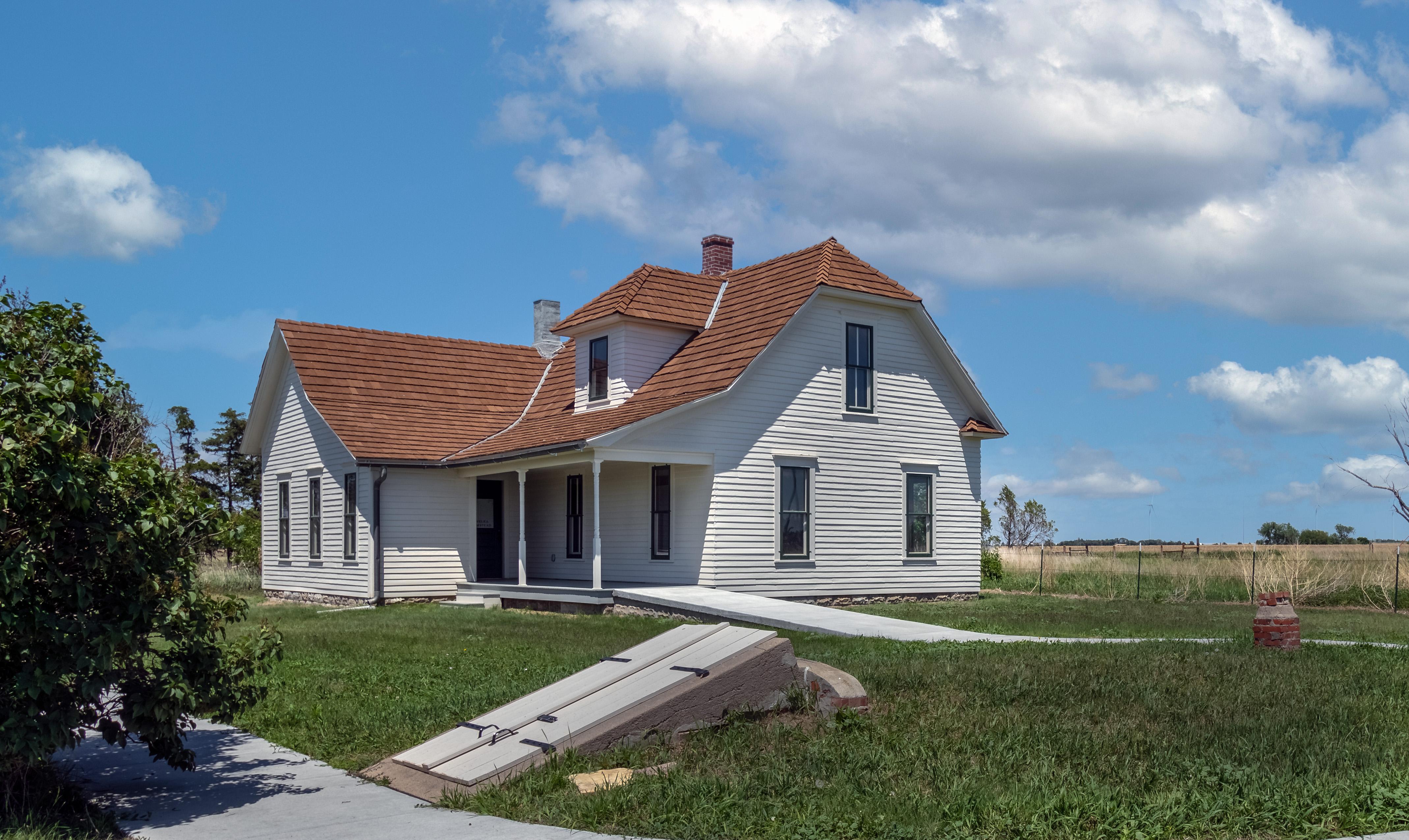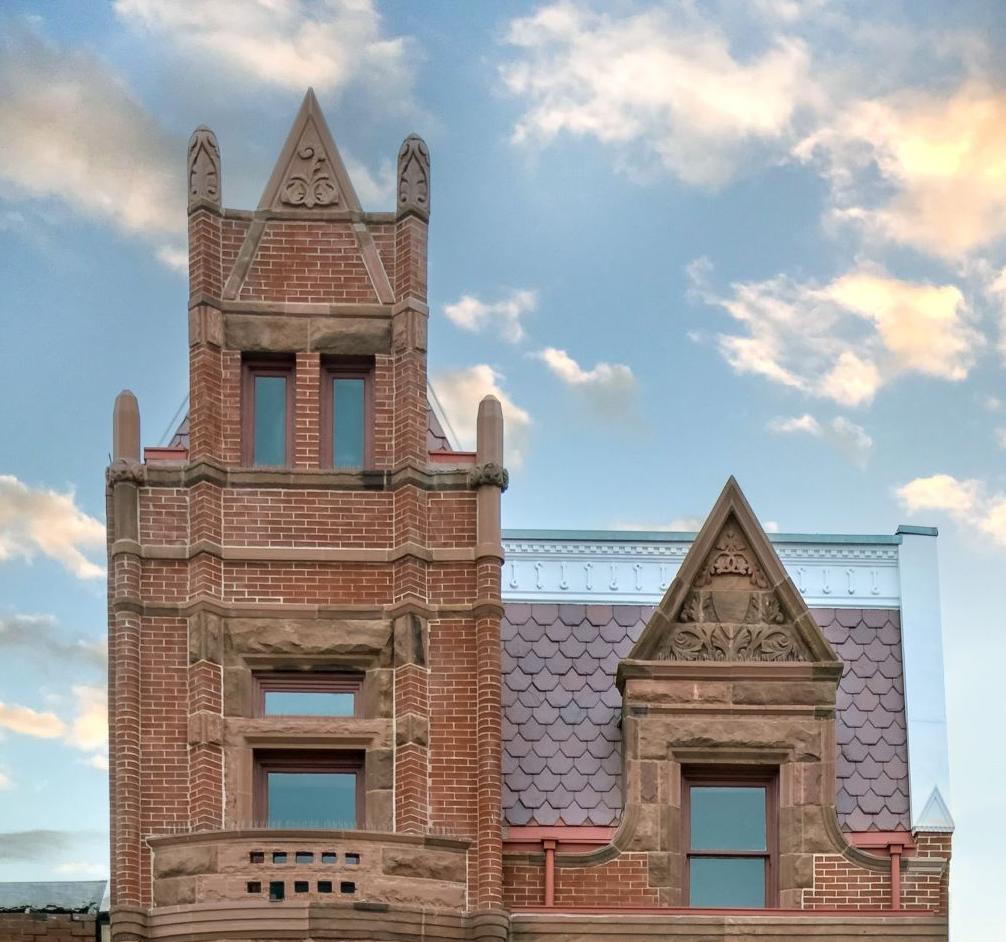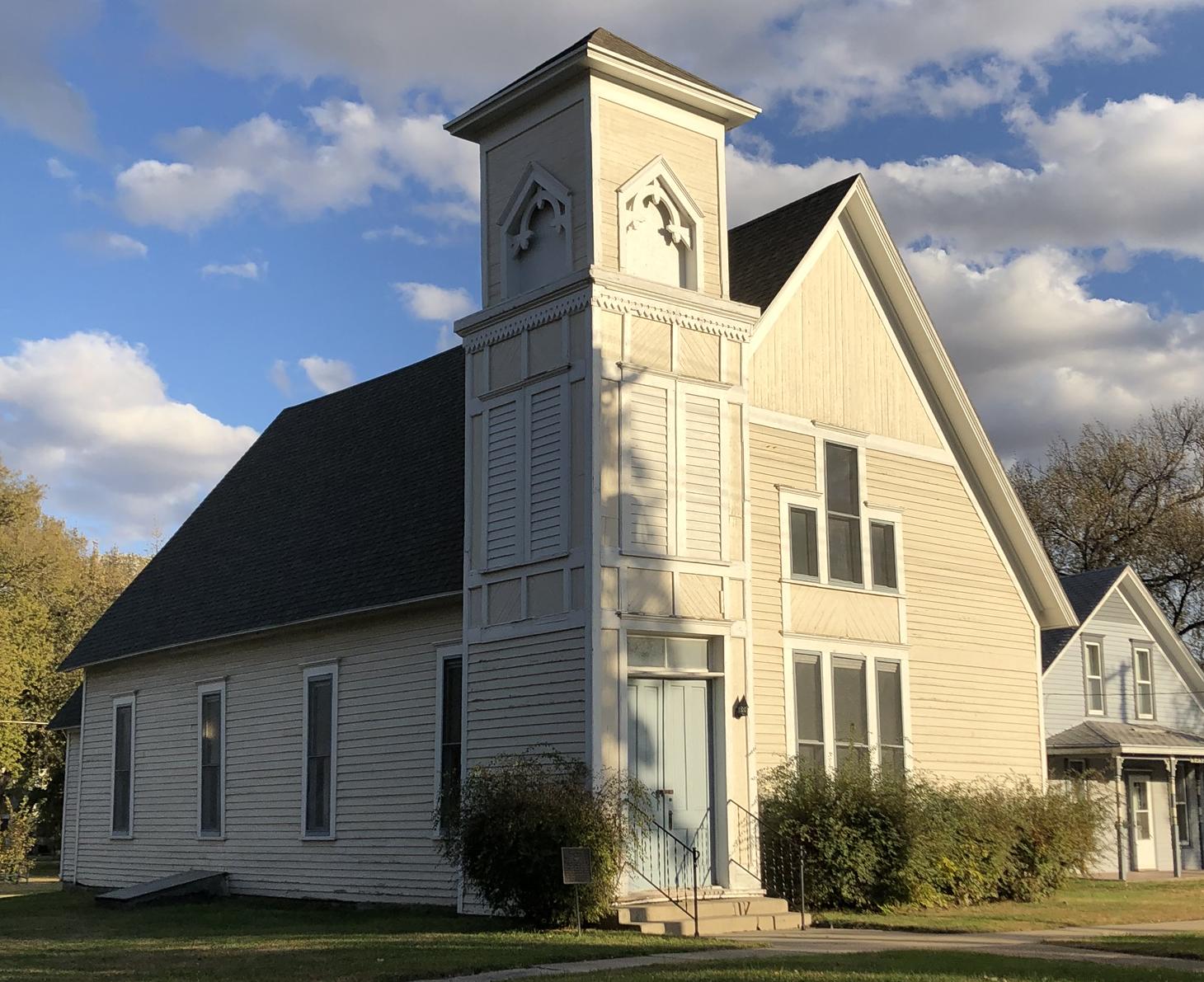Historic Sites
Since our organization's founding as the Willa Cather Pioneer Memorial, we have been at the forefront of of the preservation movement, restoring and caring for the sites that were important to Willa Cather's life and writing. “Every time I talked about Cather in Webster County,” Mildred Bennett said in an interview. “I would tell the audience how important it was to restore and preserve these places. . . . and nothing happened.”
Mildred Bennett and a small group of like-minded individuals incorporated in 1955, initiating the preservation of the places associated with Cather's life. Today, our organization owns and operates the nation's largest collection of nationally-designated historic sites dedicated to an American author.

